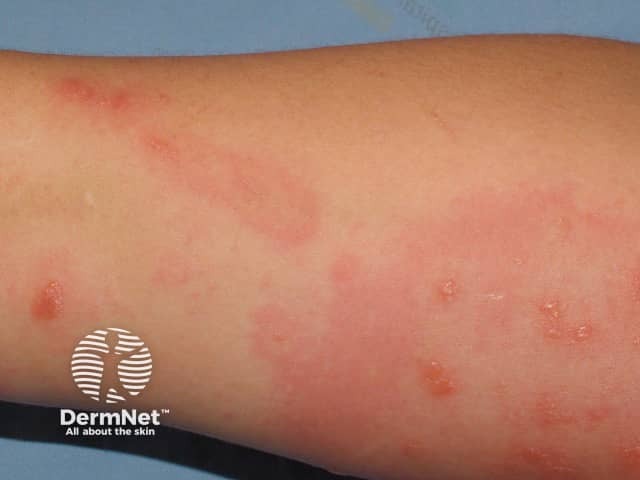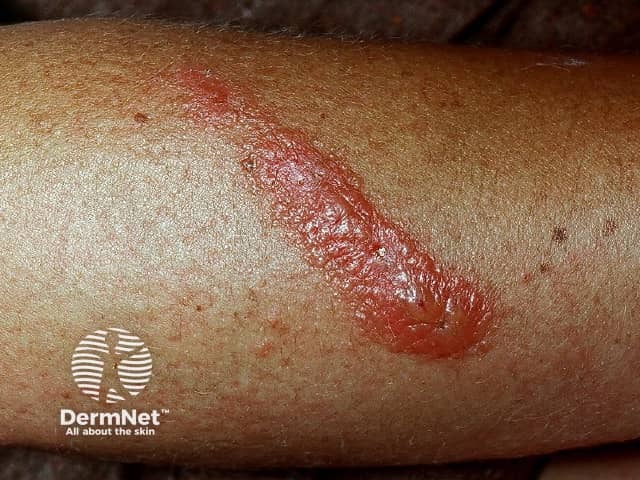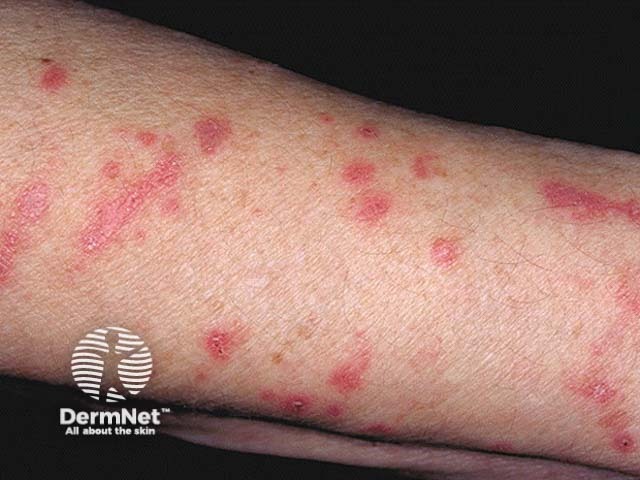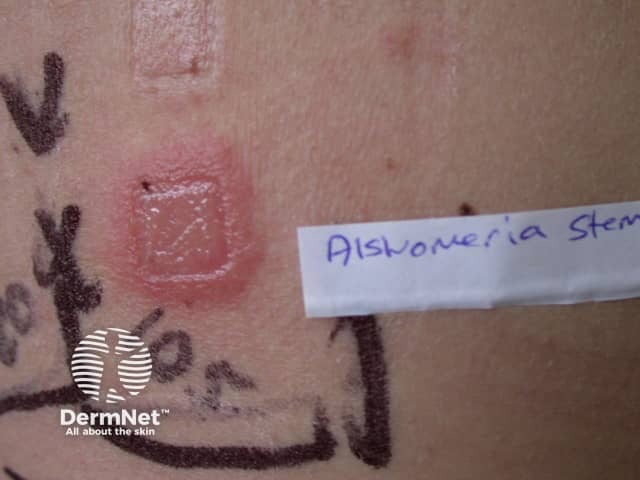Main menu
Common skin conditions

NEWS
Join DermNet PRO
Read more
Quick links
Author: Brian Wu PhD. MD Candidate, Keck School of Medicine; Chief Editor: Dr Amanda Oakley, Dermatologist, Hamilton, New Zealand, December 2015.
Introduction
Occupational risks
Causes
Related skin disorders
Workplace risk assessment
Personal protective equipment
Hand care advice for florists
Diagnosis
The prevalence of hand dermatitis among florists is between 8% and 46% according to various international studies. Dermatitis accounts for around 90% of all cases of occupational skin disorders in florists.
Florists have a tendency to skin problems because of their continued exposure to plants, which cause mechanical injuries and contact dermatitis.
The skin interfaces with the environment and acts as a protective barrier against injury, bacteria, viruses and chemical irritants. However, certain occupations can lead to compromise of the epithelial barrier and to the subsequent development of skin disease.
The following skin disorders are common in florists.
Mechanical injuries — such as abrasions, punctures and cuts — are caused by:
Wounds in florists can become secondarily infected by bacteria, viruses or fungi.
Phytophotodermatitis is caused by exposure to a plant containing psoralens and then to ultraviolet light, and is not an allergic reaction. The affected skin often remains hyperpigmented for months after exposure. The rash may blister and is frequently streaky in appearance.
Irritant contact dermatitis is caused by contact with various chemicals in plants, which include:
Signs and symptoms of irritant contact dermatitis include red, blistered, scaling or cracked skin (dermatitis). Dermatitis caused by contact with plants often results in irregular, streaky or linear plaques.
Allergic contact dermatitis is relatively common in florists. It requires sensitisation of the person's immune system to a specific plant chemical. Patients without this sensitisation are not vulnerable to dermatitis. The reaction may be delayed for 10 days or so when primary sensitisation has occurred. It occurs within a day after subsequent exposure to the chemical.
Common sensitisers are primin (found in primula, or primrose species), sesquiterpene lactones (found in compositae species) and tulipalin a (found in tulips and alstromeria species).
The signs and symptoms of allergic contact dermatitis are similar to those of irritant contact dermatitis, but the rash may spread to sites that have not been in direct contact with the responsible plant.

Plant contact dermatitis

Plant contact dermatitis

Plant contact dermatitis

Plant contact dermatitis
Contact urticaria can be due to allergic or non-allergic causes.
Sporotrichosis is a fungal infection caused by Sporothrix schneckii species.
Workplace risk assessment may help prevent occupational skin problems. Employees should be taught about the physiological properties of skin and its vulnerability, and about agents that can cause dermatitis — including phytochemicals. Employers should have controls in place on the worksite to reduce chances of dermatitis and know what to do if an employee develops a skin condition.
If possible, a “zero contact” policy should be strived for.
Gloves are the most common form of personal protective equipment and, if used properly, can help to protect the skin against irritants and sensitisers.
Drawbacks to glove use include:
In order to take care of their hands, it is recommended that florists:
Accurate diagnosis is based on meticulous patient history, knowledge of material data safety sheets, and patch testing to confirm contact allergic dermatitis.
Criteria for the diagnosis of occupational dermatitis include the following:
Treatment for occupational dermatitis can include: